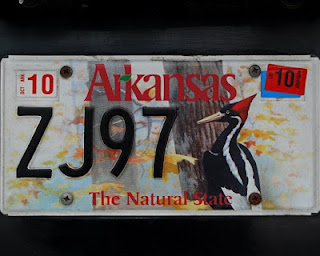Bird watching is a pastime shared by millions of people around the world. The beauty of bird watching is that it can be done by anyone at any time and with the very minimum of cost or equipment. Birds can be enjoyed by people of any age, and the number of birds to be seen is virtually limitless. Counting the population of the various species of birds gives researchers considerable insight into environmental matters affecting the birds as well as other species, even humans. Once a year a four-day event called the Great Backyard Bird Count looks at where the birds are located across North America. This year’s count, a joint project of the Cornell Lab of Ornithology and the Audubon Society, will be held February 12 through 15, 2010. The larger the number of people collecting and reporting sightings of birds, the more meaningful the project becomes. For information about how to participate in the project, visit birdsource.org or birdcount.org.
While all that is needed to enjoy the birds and participate in the project is ones eyes and ears, a pair of binoculars or a camera can enhance your ability to identify the different species of birds. Books guide you to certain field marks to look for. Red tailed hawks are quite common in the Delta in the winter. Yes, the top of their tail is red. However, the birds vary greatly in appearance from one bird to the next. They have one common field mark, their white breast, which allows us to identify them easily. We can tell that a red bellied woodpecker is in the area by its clear call of, “Chuck, Chuck, Chuck.” Today’s picture is of the license plate on my truck. Arkansas brags about its ivory billed woodpeckers, for years thought to be extinct, but found in the Cache River Basin 50 miles west of Peace Farm. The field mark of the ivory billed woodpecker is the white stripe up its neck. Let’s find more!
--Richard

No comments:
Post a Comment